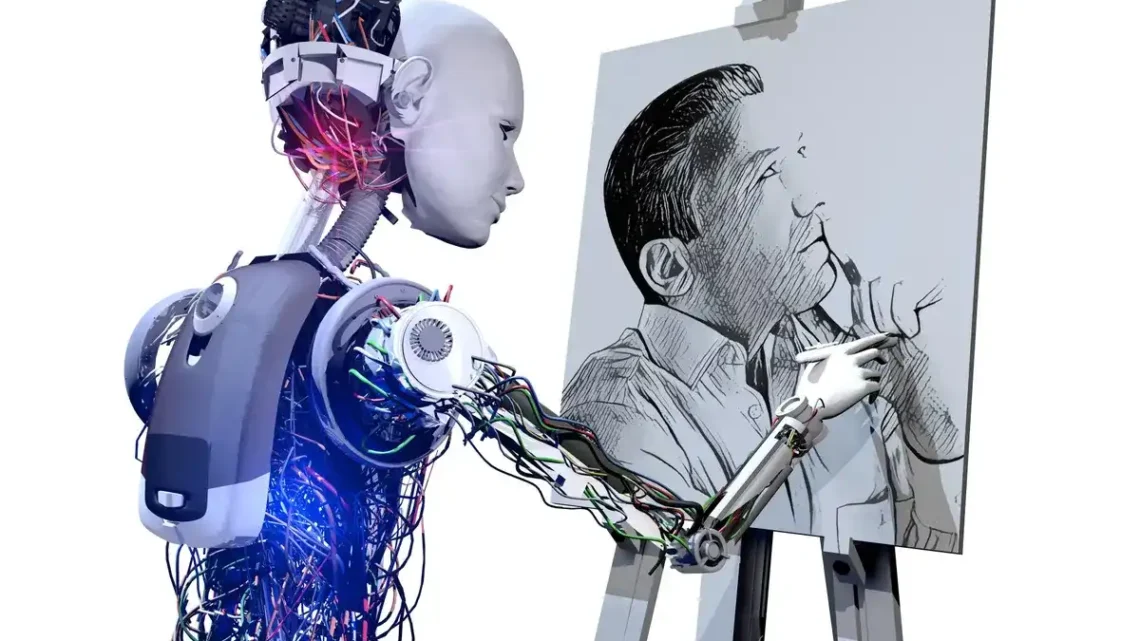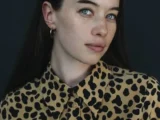
The Ethics of AI Art: Who Really Owns Creativity?
Today, AI-generated art has exploded from novelty to mainstream.
Tools like Midjourney, Stable Diffusion, DALL-E 4, and Flux Pro now produce museum-quality images in seconds, win photography contests, illustrate bestselling books, and even sell as NFTs for six figures.
Trending Now!!:
Yet beneath the dazzling pixels lies a growing storm: Is AI art truly “creative”? Who owns AI-generated artwork? And are we stealing from human artists every time we hit “generate”?
These questions have sparked lawsuits, heated debates on social media, and new legislation around the world.
Let’s break down the core ethical and legal dilemmas surrounding AI art and creativity today.
1. Copyright Chaos: Can You Copyright AI Art?
The U.S. Copyright Office has maintained its stance: works created solely by artificial intelligence without meaningful human input are not eligible for copyright protection. In practice, this means:
- An image you create with a simple prompt like “cyberpunk city at sunset” belongs to no one; it instantly enters the public domain.
- Add significant human direction (extensive editing, compositing, style choices, reference images you own) and you may claim copyright on the final piece.
The UK, China, and a handful of countries take the opposite view, granting copyright to the person who crafted the prompt and settings.
This global patchwork creates massive uncertainty for artists, collectors, and companies selling AI-generated stock photos or album covers.
2. Training Data: The “Laundering” Controversy
Today’s leading AI art generators were trained on billions of images scraped from the internet; many scraped without artists’ consent.
LAION-5B, the dataset behind Stable Diffusion and countless others, contained everything from DeviantArt uploads to medical illustrations and Getty Images photos.
Major lawsuits (Getty vs. Stability AI, Andersen v. Stability AI, and the New York Times/Carlin cases) all hinge on the same argument: using copyrighted work to train commercial AI models constitutes infringement.
Even if the output doesn’t directly copy a protected image, plaintiffs claim the models are essentially “laundering” copyrighted style and composition.
Open-source advocates counter that training on public data falls under fair use and is no different from a human artist studying Picasso or anime for inspiration. Courts have yet to deliver a definitive ruling, but whatever they decide will reshape the entire generative AI landscape.
3. The Human Artist in the Loop
Many professional illustrators now use AI as a superpower rather than a replacement.
Concept artists at Marvel, Blizzard, and Netflix openly incorporate Midjourney and ComfyUI into their workflow for mood boards, color studies, and rapid iteration.
They argue the final piece is still 90 % human skill: curation, editing, painting over, lighting, storytelling. This “human-in-the-loop” approach is likely the future copyright compromise: the more transformative human contribution, the stronger the claim to ownership and originality.
4. Style Theft and Artistic Identity
Type “in the style of Greg Rutkowski” into any generator and you’ll get thousands of fantasy paintings that look eerily like the Polish artist’s work.
Rutkowski’s name was referenced over 400,000 times in Midjourney alone before the company started blocking it. Artists like Sarah Andersen, Kelly McKernan, and Hollie Mengert saw their distinctive styles replicated en masse, diluting their brand and flooding marketplaces with cheap knock-offs.
While mimicry has always existed in art schools and fandom, AI does it at warp speed and global scale. For many creators, this feels less like flattery and more like identity theft.
5. The Philosophical Question: What Is Creativity?
At its core, the ethics debate keeps circling back to one unanswerable question: Can a machine be creative?
- Traditional view: Creativity requires consciousness, emotion, lived experience.
- Emergent view: If a system can produce novel, valuable, surprising work that moves people, does intent even matter?
When an AI-generated piece wins the Colorado State Fair fine-art competition (2022) or when Jason Allen’s “Théâtre D’opéra Spatial” sells for thousands, audiences often can’t tell. When they find out it’s AI, reactions range from awe to betrayal.
The Path Forward Today and Beyond
Several developments are already shifting the landscape:
- Opt-out registries (HaveIBeenTrained, Spawning.ai) and “NoAI” meta tags
- Paid licensing datasets (Adobe Firefly, Shutterstock AI) trained only on consented content
- “Provenance” watermarks and blockchain verification for human-made art
- New collective licensing models similar to music performing rights
Final Thought
AI art isn’t going away; it’s evolving faster than legislation or ethics can keep up. The tools are democratizing visual creation in ways we’ve never seen, but they’re also threatening the livelihoods and legacy of human artists.
Ultimately, creativity may not “belong” to humans or machines exclusively anymore. The most honest answer today is that we’re entering a hybrid era where the line between tool and creator has permanently blurred.
The real challenge isn’t deciding who owns creativity; it’s deciding how we share it fairly.
Whether you’re an artist fighting for your style, a hobbyist generating memes, or a collector buying AI prints, one thing is clear: the ethics of AI art will define the next decade of human expression.

